How-to Article...
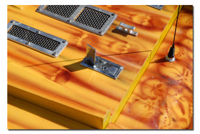
Wondering how to mount your hatch to your new boat? Check out this great article by Andre Abtmeyer highlighting several proven methods...
Like most things in life there are usually many different ways of doing things on model boats. In the following article I want to describe the different ways of mounting a hatch to the hull and the benefits and drawbacks of the several methods.
For me there are two general ways of fastening a hatch: The method that will allow a hatch to break away when the boat blows over and the method that will hold the hatch to the hull in virtually any situation.
For the first way of fastening I found three solutions. Two of them consist of using o-rings, the other strong magnets. The first solution uses o-rings that are fixed to the hull by using a clamp. On the hatch there is a hook, usually a ball link, where the o-ring is attached to. When closing the hatch you have to put the o-ring around the ball link and it holds the hatch to the hull. Normally you find two o-ring fasteners, one on each side, on the back of the hatch.

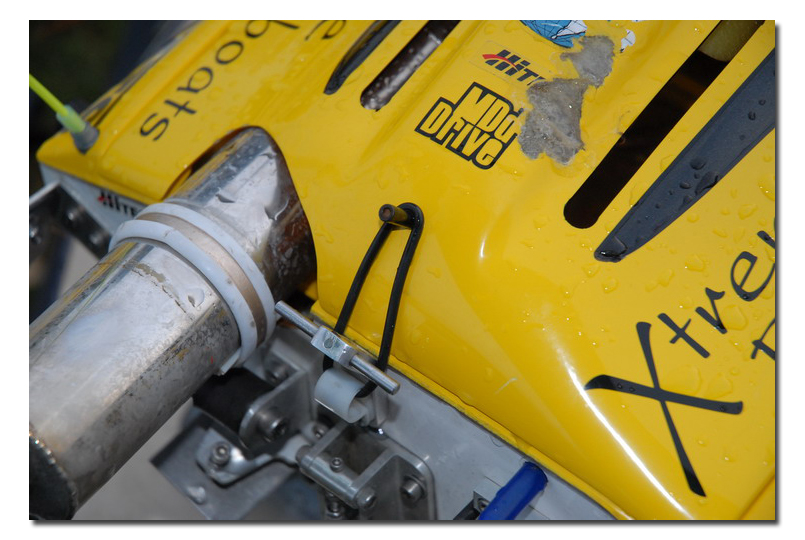
The front of the hatch is fixed with some steel rods or mounting links what are glued to the hatch and fit under the hatch frame of the hull .This method is economical and uses parts that you can get in just about every model store. It is easy to handle and to install. But when you flip your boat it is possible that you damage your hatch and/or the area around the hatch frame in the front.
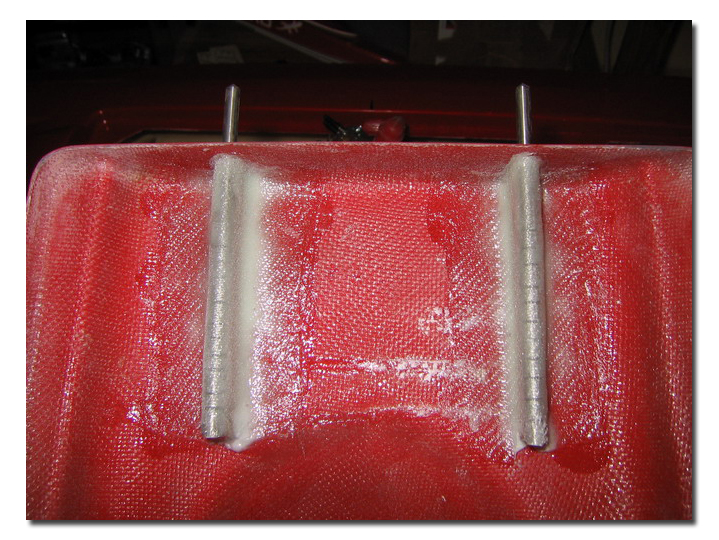
A little bit more time and effort is required for the method I saw used by Mike Tyson on his boats. Mike also uses the o-rings but he installs some bolts to the hatch frame on the hull on each corner. The hatch is drilled to fit over the bolts. When closing the hatch you only have to pull the o-rings over the bolts. The bolts hold the hatch in place, with no possible movement forward or backwards or to the sides. When flipping the boat the o-rings come loose and the hatch can break away without damage.
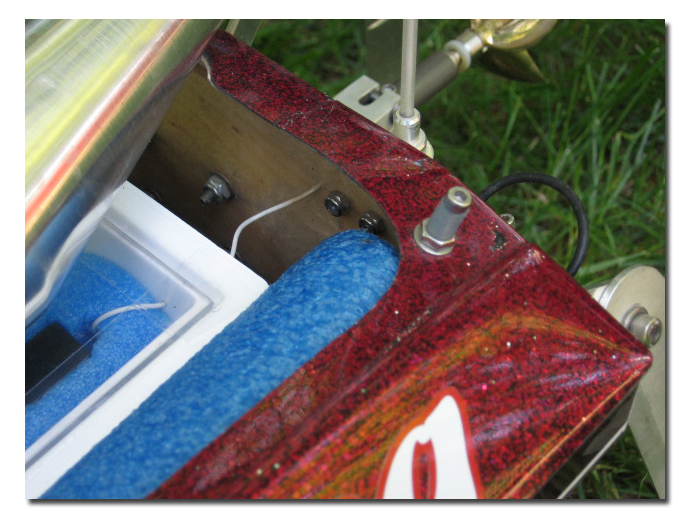


Using strong magnets such as rare earth magnets is another alternative. Again the front of the hatch is usually held with pins as previously described. The difference is that the back of the hatch is held firmly by magnets rather than o-rings. In the pictures you can see a kit sold by Herzog Racing Products and the way it looks once installed. This makes for a very clean installation when properly done.


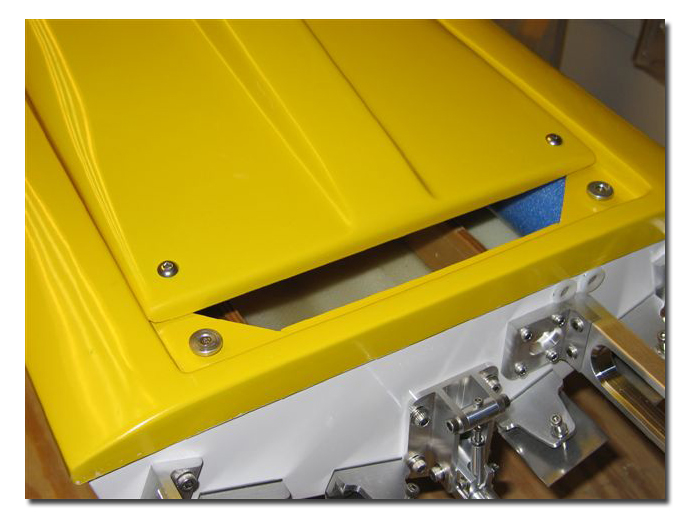
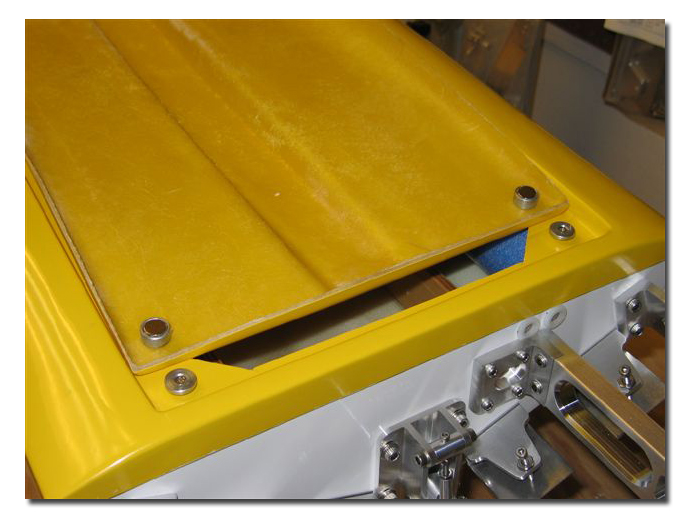

In Europe, especially in Germany these methods of hatch fastening are not very popular. The boaters here like it that a hatch will stay in place firmly, even in the event of a blow over. Sometimes it is necessary that the hatch fastening be so strong that it is possible to lift the boat by the hatch. For this reason hatch, hull and fasteners have to be reinforced so they are strong enough to handle all the force exerted on the boat.
These following mounting methods all share a solid mount in front of the hatch (steel rods or mounting links sliding under the frame of the hull). On the back there are different methods and fasteners to hold the hatch to the hull.
One way is to use TENAX fasteners. These fasteners are available at boat or RV suppliers. They are used for fixing canvas covers or awnings to the vehicles. The TENAX fasteners have a built-in claw that fits to a ball link. The connection is so strong that it is possible to lift the boat with the fasteners.
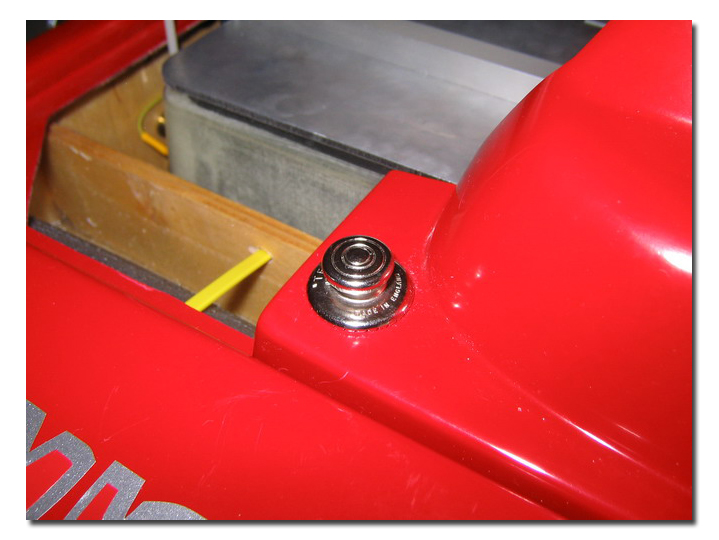

Another way is lift-and-turn fasteners. You find them on drawers or covers. These fasteners have a foldaway opener on the top that can be turned to lock/unlock them. On the underside there is an adjustable plate what fits under the frame of the hull. They are also available from some hobby suppliers like MHZ.

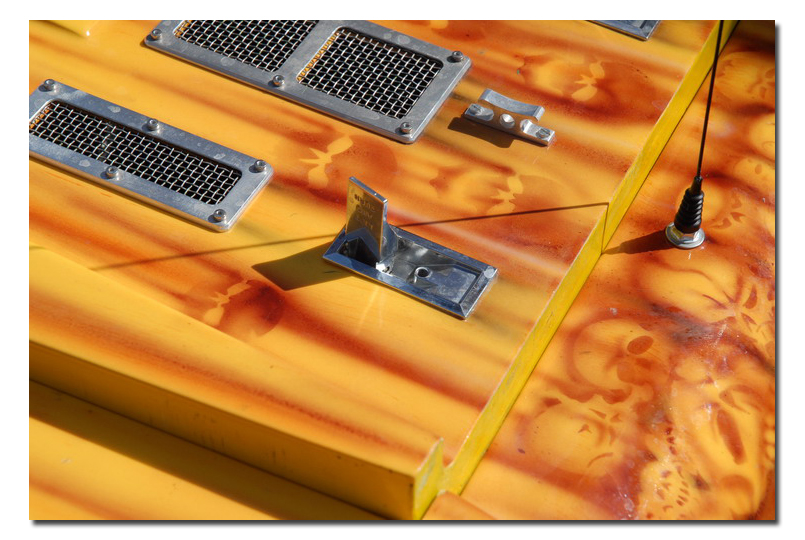

Next method is a spring fastener. This is a bolt that is held in position by a spring. By pulling back on the bolt the fastener opens. There are 2 different spring fasteners, one is installed to the hatch and the bolt locks under the frame and the other one is installed to the hull (mostly to the deck) and locks to a link that is laminated to the hatch.
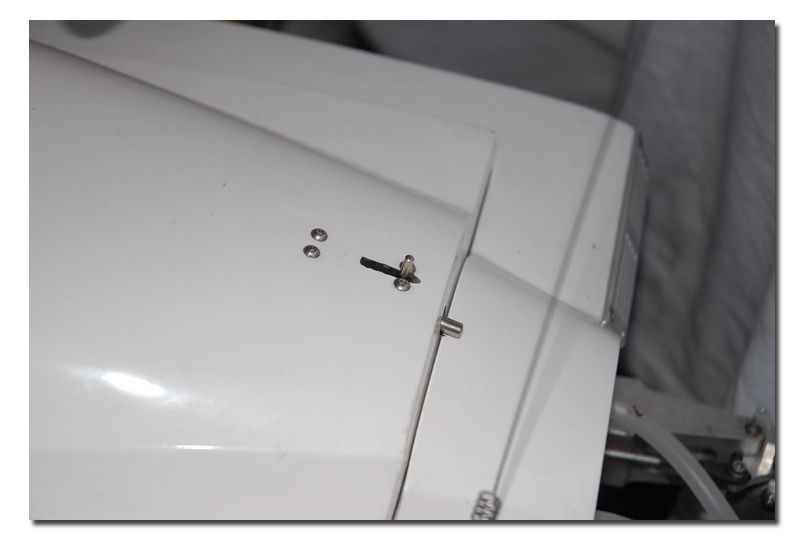


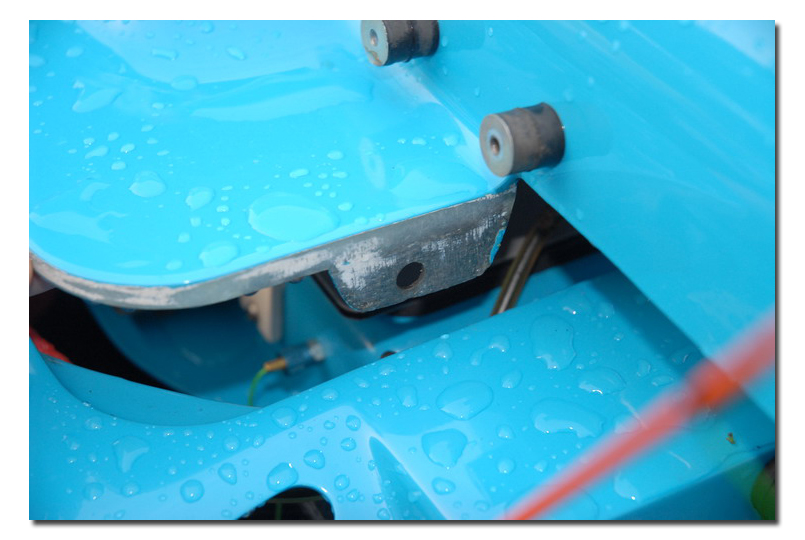
Small spring fasteners are often used by RC pilots to fasten the canopie of airplanes. Bigger ones are available from MHZ or check your local home depot.
The last method I want to present is a kind of body clamp, known from race or drag cars. They are also available for model cars and are used to fix the body to the chassis.
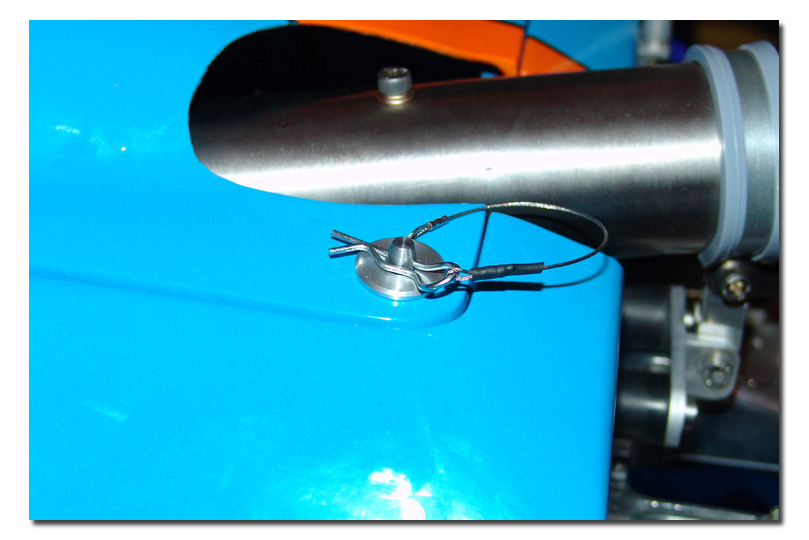
All these methods need some reinforcements to the hull and hatch because of the forces that could be exerted on the hull. It does however make it possible to lift a boat by it's hatch. This makes it easy to launch a boat with one hand so you can hold your transmitter with the other one and don't need a buddy for launching your boat.
There are many more hatch mounting options to choose from but these are the ones that are most often employed. This gives you an idea of the various methods that can be used.
André Abtmeyer

